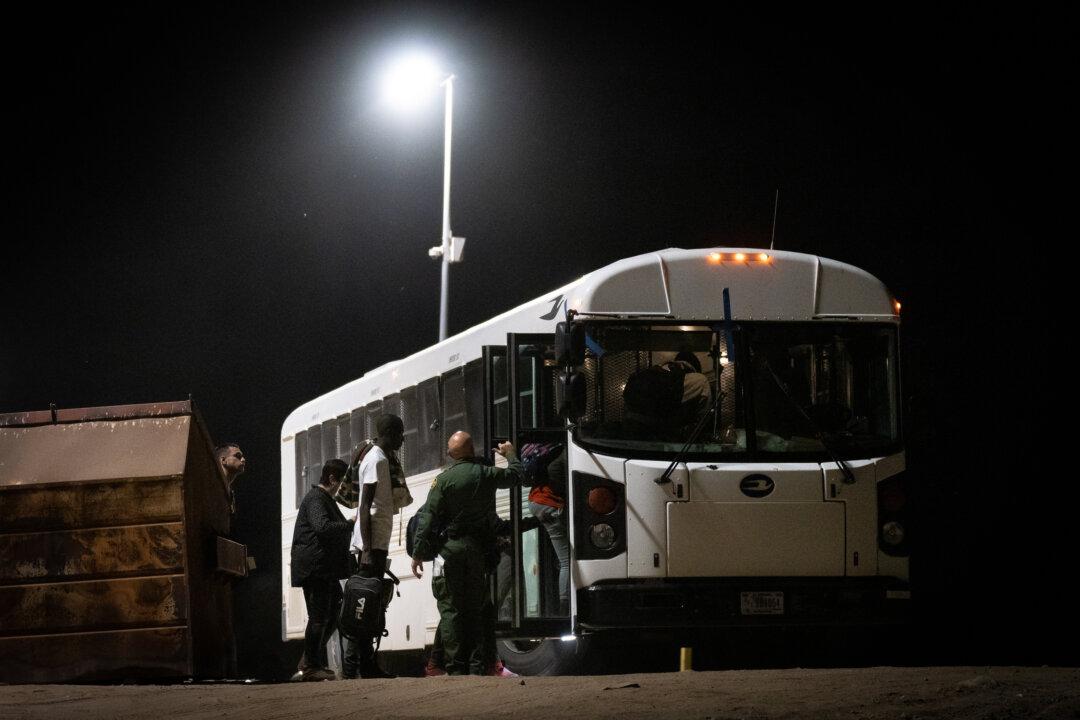Amid a historic wave of people crossing the U.S.-Mexico border unlawfully, an overwhelming majority of Americans polled say that illegal immigration is a crisis or—at best—a “major problem.”
A recent poll by Gallup found that 39 percent of Americans believe the border situation is a full-blown “crisis.” Another 33 percent think it’s a “major problem,” meaning that a whopping 72 percent believe the situation on the border is bad enough to be considered seriously problematic.





